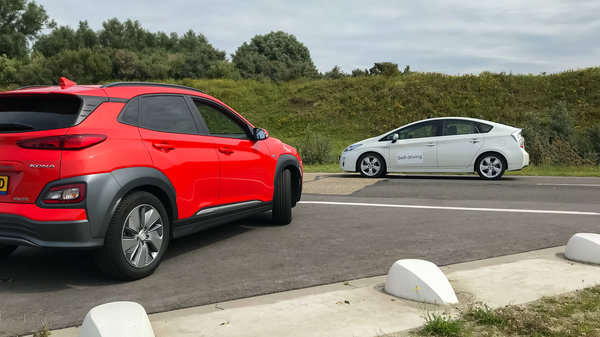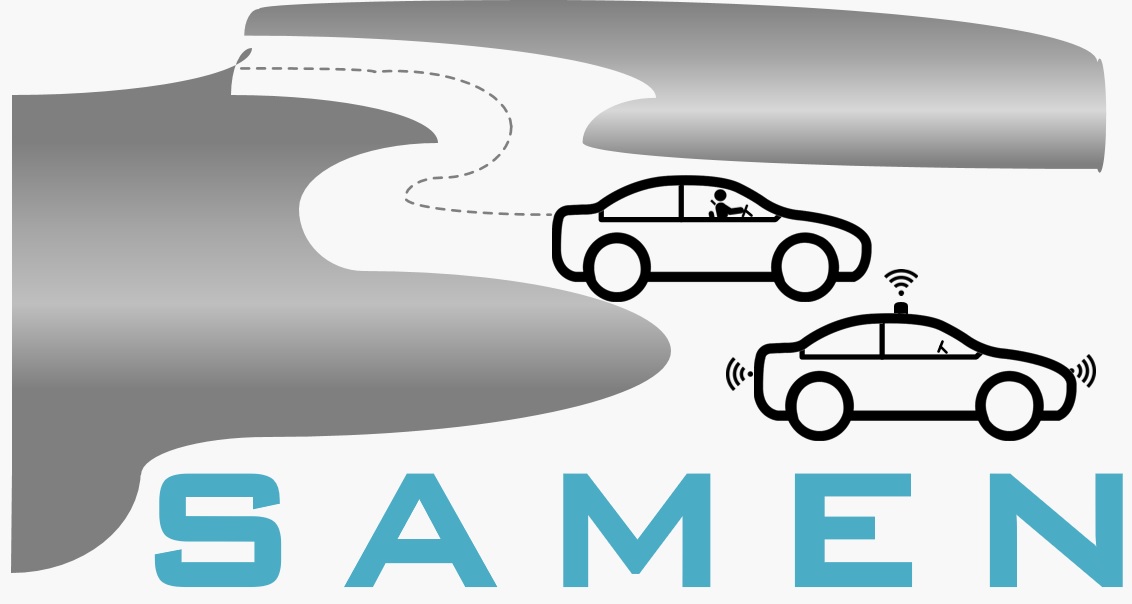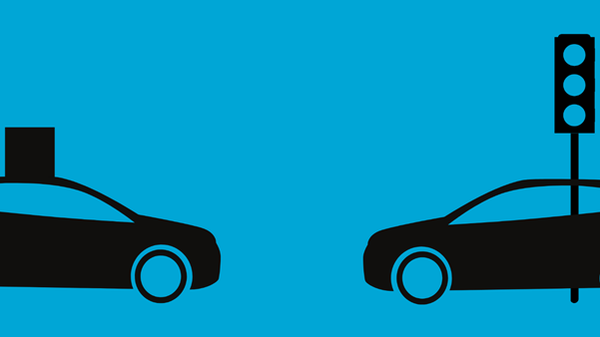News & upcoming events
Lane Detection using Spatio-Temporal Attention
Lane detection represents a fundamental task for automated/autonomous vehicles. Current lane detection methods do not provide the versatility of real-time performance, robustness,and accuracy required for real-world scenarios. The reasons include lack of computing power while being portable and inability to observe the continuity and structure of lane lines over a sequence of images. An investigation into the present methods in the literature reveals that deep learning networks cannot focus on relevant images and critical parts of the images. This research aimed to introduce a novel spatio temporal method that can focus on lane lines and key features to increase the robustness and accuracy of lane line detection.
Keep On Track: Testing the Lines
The weather and other factors can have a dramatic impact on the visibility of road markings and we can’t always rely on our cars to help us out of a scrape. For his master thesis, Civil Engineering master student Mathijs den Otter decided to focus on a method to test the visibility of road markings affected by external influences such as rain and low sun. And where better to do it than on the race track?
How would you interact if you see a driverless vehicle that communicates intent?
Imagine a future where you interact with a driverless vehicle (DV) at the intersection. As there is no human driver, the DV cannot use traditional driver-based signals (e.g., hand gestures, eye contact, and nodding) to communicate intent with you. As it is difficult to judge the vehicle intent, you might not feel safe and certain. To reduce uncertainty, what if the DV communicates with a light display on the vehicle or on the road infrastructure? Would you feel safer in the interactions and trust DVs? Would you be relaxed to know DV intent in the interactions? Ultimately, would you drive more safely and efficiently when you know DV’s intent?
To know more about the experiment, read my thesis, watch this video, or contact me: Shiva Nischal Lingam (S.N.LINGAM@student.tudelft.nl)
Would you drive the same when you interact with a self-driving vehicle in traffic?

Consider a situation where you are driving your vehicle in a normal traffic situation. Suddenly you see a vehicle merging from an on-ramp in front of you. You very well recognize this brand of vehicle and it’s a self-driving vehicle. Would you be more cautious while interacting with this vehicle or curious to know more about the vehicle? Would you be more stressed while driving near this vehicle or more relaxed with the fact that this vehicle is continuously monitoring the environment and programmed to drive safely? Or more interestingly, would you drive and interact with this vehicle in the same manner as you would normally do with any other human-driven vehicle? Read more about this experiment in the Master thesis of Shubham Soni.



